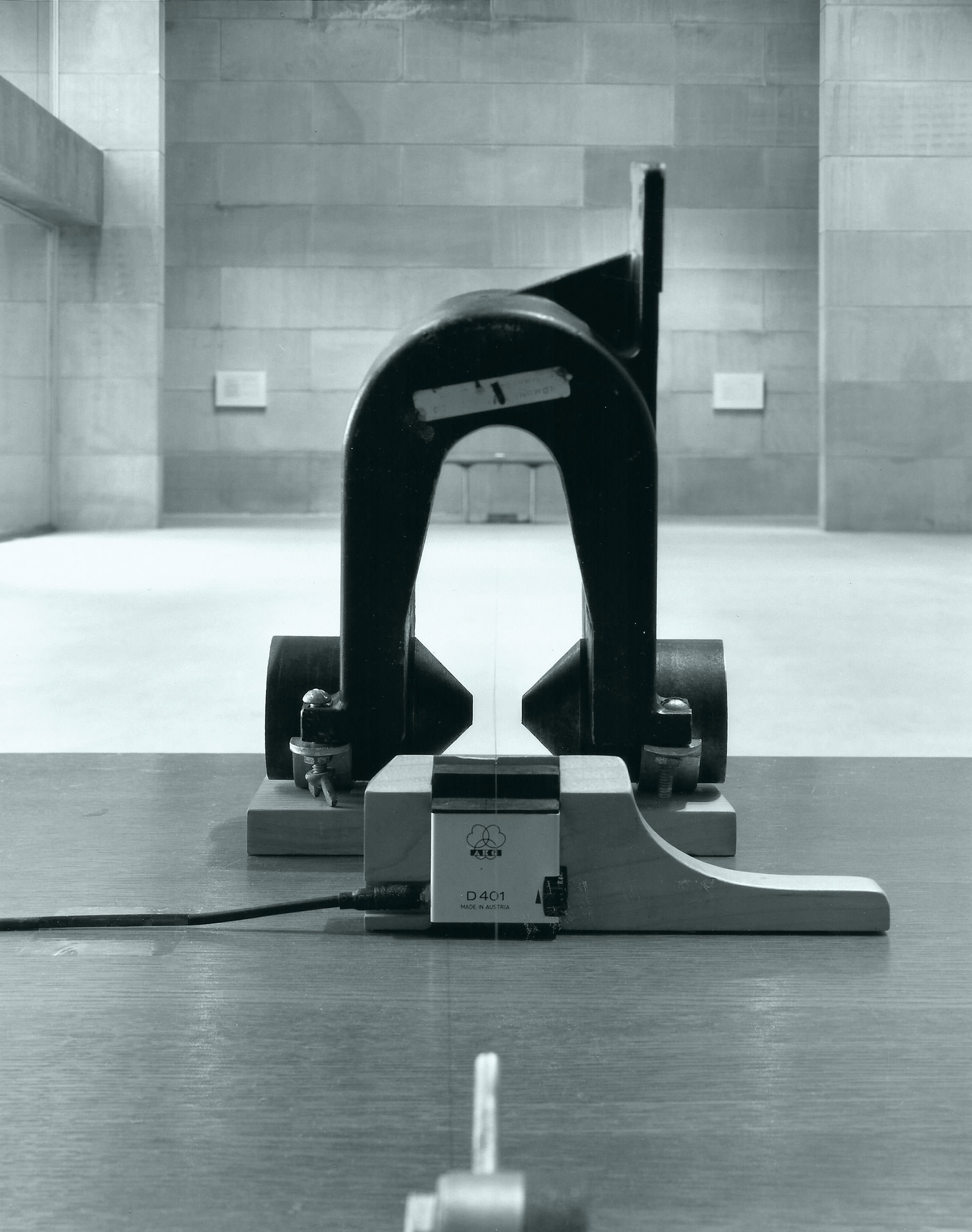Recently, I was recommending a soldering iron to a Tape Op contributor who was excited to start fixing cables on his own. I suggested the Weller WLC100 40Watt Soldering Station weller-tools.com. There’s a reason why there are so many near-exact copies of this iron available everywhere. The Weller’s form factor is classic. The iron is comfortable in hand, and it’s wired to a stable base that integrates a coiled stand, a tip-cleaning sponge, and a power-adjustment knob. This consumer model is not a true temperature-controlled iron, but that hasn’t stopped me from using it to solder all sorts of things, ranging from tiny surface-mount chips, to high-current 12-gauge wire. I actually own two of these irons— once each for home and studio. The first one I purchased many years ago; it came with a selection of tips, and the cable that interconnects iron to base is fixed. The second one I purchased a couple years ago; its interconnecting cable can be unplugged, but it only came with a chisel tip. I purchased a bag of three pointy tips for just $10 more. The WLC100 is available on Amazon or in-store at Home Depot for $40, so it’s an easy purchase, especially if you’re just learning how to solder. What if you want an iron with greater temperature precision? Well, there’s the Hakko FX-888D hakko.com for $100, which is the darling of countless electronics tinkerers on YouTube. I thought of buying one but instead, I decided on a DC-powered iron that was more portable, because I sometimes find myself working away from a convenient AC outlet. I already had a no-name 7.5Watt USB soldering iron, which I bought online for less than $8; I can power it from a laptop or a battery-powered phone charger, but I wanted something with digital temperature control and higher available power. I settled on the SainSmart Pro32 sainsmart.com for $70, which can run off an included 19V, 2.1A wall-wart, or any 12–24VDC source that can supply enough power, up to a maximum of 65W. (The Pro32 is a rebrand of the “generic” TS100 portable iron. Like everything else that SainSmart sells, you can purchase the same product from other Amazon Marketplace sellers, but I’ve had great experiences with SainSmart in the past.) I power mine with multicell Li-Po batteries for my radio-controlled aircraft. Buttons on the side of the iron allow you to adjust the tip temperature from 100° to 400°C, which is clearly displayed on a built-in OLED panel, and the tip reaches temperature within seconds. If the iron remains still for 3minutes, it enters sleep-mode and drops its tip temperature to prolong tip life and save energy. When you pick up the iron again, it wakes up, and the tip reheats to operating temperature within a few seconds. This reheating action is seamless and quick enough to feel like magic. There’s even a micro-USB port on the iron for flashing alternate open-source firmware. In a hilarious (but kind of geeky-cool) attempt at explaining how the heating element is controlled, the second half of the product manual is dedicated to listing and annotating the actual C code. Note also that a grounding screw on the side of the iron can be utilized when working on sensitive electronics. My iron came with two heater/tip elements (chiseled and pointy), which I can swap out using the included Allen key, but I’ve seen other packages for sale with different tips and accessories. Another portable soldering iron worth considering is the TS80 (24W max, 9–12V USB Quick Charge3.0), available from various Amazon Marketplace brands for $70–$110, depending on the accessories included. –AH

